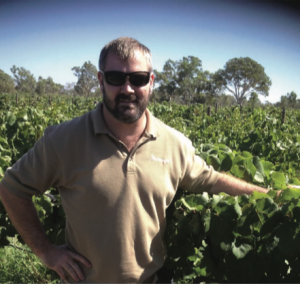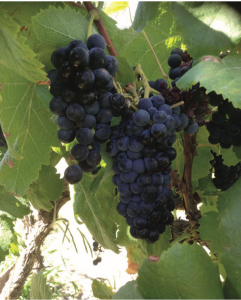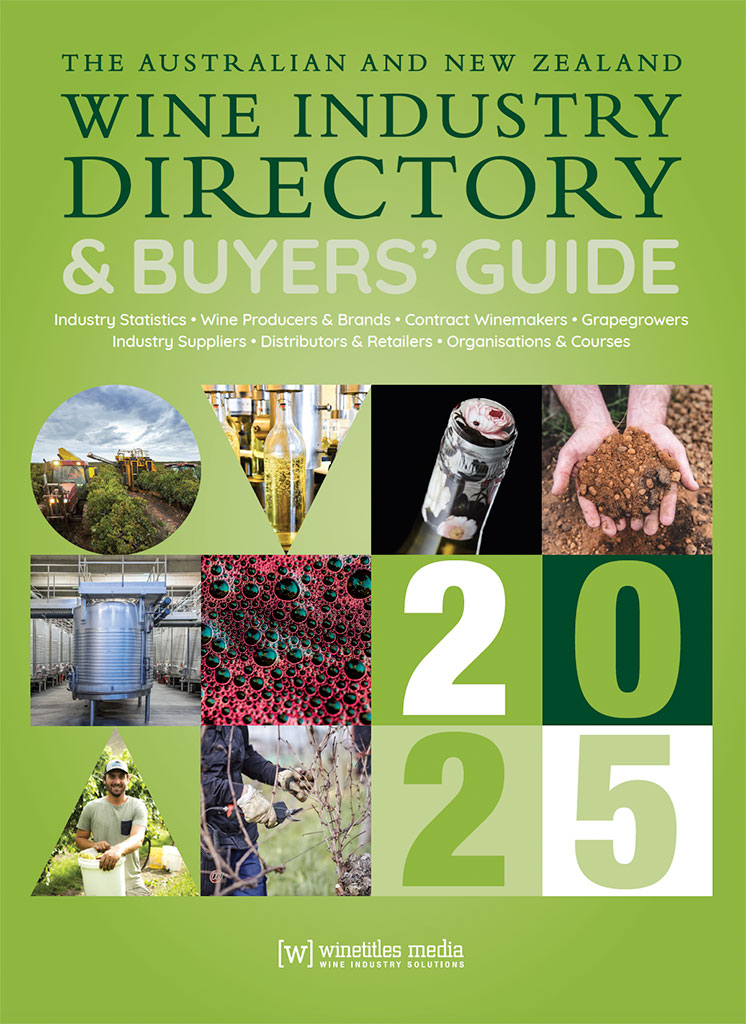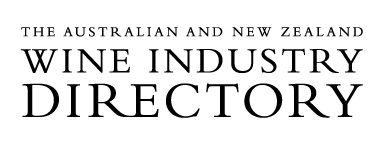By Shane Harris, Winemaker, Wines by Geoff Hardy, South Australia
First published in the March/April 2015 issue of the Wine & Viticulture Journal

 Tannat has a formidable reputation as the most tannic winegrape variety. Analytically, the numbers do affirm this reputation with two to four times the antioxidant of most other varieties and an average resveratrol concentration of 4.2%.
Tannat has a formidable reputation as the most tannic winegrape variety. Analytically, the numbers do affirm this reputation with two to four times the antioxidant of most other varieties and an average resveratrol concentration of 4.2%.
The beacon on the hill for this variety in Australia may not be its homeland France. Rather, South America, where Tannat has found its way into the hearts and minds of the Uruguayan wine industry where it now represents approximately a third of wine produced, may hold the key to success.
Tannat, also known as Harriague in Uruguay, is made into many styles from fuller-bodied roses, Beaujolais-styled light and bright wines to more serious structured dry reds often blended with Pinot Noir and Merlot. The thread that ties these wines together is their elegance, softer tannins and dark berry fruits that are achieved by good site selection, picking at phenological ripeness, awareness of extraction during ferment and constant innovation.
The most notable innovation in winemaking terms is the claim that Tannat is the origin of the development of micro-oxygenation.
Geoff Hardy first became interested in Tannat while walking through the Nuriootpa grapevine variety collection towards the end of the 1999 vintage. He came across three robust looking Tannat vines that were pruned to a low bud number, yet had a very even and healthy crop. He thought the Tannat was in much better condition than most of the 50 or more varieties he had seen to that point in the collection and was impressed with its resilience in the harsh conditions of the 1999 summer.
Geoff then went about organising planting material for a small plot in a vineyard at Kuitpo, in the southern Adelaide Hills. As the variety would be quite late ripening for the area, he thought it would likely handle the tougher conditions and the site would bring the fruit on a couple of weeks earlier, helping to avoid the early autumn rains.
As it happened, the variety proved to be quite resilient to disease.

I first got my hands on Tannat in 2009 – the vintage from which we produced our first straight varietal. The fruit was sourced from a 1ha planting at McLaren Vale and I set about producing a wine that was individual and distinctively McLaren Vale.
I wanted the generosity of McLaren Vale’s mid-palate weight to shine through the blueberries of the fruit in the vineyard. We took the fruit right through to the point of phenological ripeness where the seeds had not only browned but had become bright red in colour as we continued to see an accumulation of flavours into the blue fruit spectrum and a softening of tannins after 14.5Be. We ended up picking it at 14.8Be and retained 20% whole bunches on the bottom of an open fermenter, while the remaining fruit was destemmed and chilled to 10°C and placed on top of the whole bunches.
After 48 hours, the must was seeded with a half rate of yeast and the ferment was kept cool with hand plunging and during mid-ferment was turned over with filtered compressed air.
After 10 days on skins the wine was pressed, all pressings returned to the wine and racked to barrel after 12 hours to retain solids in the wine. Fifteen percent new French oak was included in the barrel selection along with second and third use both French and US hogsheads for 20 months. The wine was kept on full lees for the first 12 months of maturation.
At pressing the wine smelt like blueberry pie and was the most insane purple colour I have ever seen. With further maturation came complexity. The blue fruit had developed to also show purple fruits like mulberry and a hint of blackberry along with black pepper.
Now I know I haven’t yet mentioned the tannins and that’s because they deserve to be discussed in isolation. At no stage of production was there any sense that the wine was overly extractive or aggressively tannic. Sure, the tannins are there in volume but I often marvel at how fine and powdery they are which highlights the mid and back palate fruits beautifully.
Wines by Geoff Hardy has now had 14 years experience with Tannat and its beautiful colour and rich, full flavour of wild berries and very solid structure never ceases to astound us. The initial straight varietal releases were under our Pertaringa label, but we have since moved them over to our Hand Crafted range along with the other alternative varieties we produce.
Today, our sole source of Tannat comes from the 1.4ha we have planted in the K1 vineyard at Kuitpo. The best barrels produced each vintage end up as a straight varietal while the balance makes its way into blends, particularly Cabernet and Merlot blends.
Tannat

By Peter Dry, Emeritus Fellow, The Australian Wine Research Institute
Background
Tannat (tann-UTT) has been known in the Hautes-Pyrénées in south west France since the 18th century. It is likely that it originated there given that it is genetically related to other varieties of this region—such as Courbu Blanc, Crouchen, Manseng Noir and Petit Courbu. It is best known in the red wines of Madiran (40 to 80% of the blend) and Saint-Mont (minimum 60%), mainly blended with Cabernet Franc and Cabernet Sauvignon. Synonyms include Madiran, Moustron, Moustrou (France), Harriague (Uruguay) and Bordelez Beltza (Spain). Globally there were 5940 ha in 2010 (up 7% from 2000): 50% in France, 30% in Uruguay, 12% in Argentina and 5% in Brazil. It is the most important quality red wine variety of Uruguay with 24% of national area. There are also small areas in Italy, USA (California, Virginia), Canada and South Africa. There are currently at least 30 wine producers in Australia, mainly in SA and NSW, from cool to hot climates. There are 9 ha planted in SA, mostly in McLaren Vale. In 2015, there were 8 ha in SA.
Viticulture
Budburst is late and maturity is mid to late. Vigour is high with erect growth habit. Bunches are large and normally compact with medium tough-skinned berries; however, moderate susceptibility to poor set may result in loose bunches in some seasons. Yield is usually moderate, but may be low in some seasons as a result of poor fruitset. Cane pruning is used in France but both spur and cane have been successfully used in Uruguay, USA and Australia. In Virginia, Tannat is said to have moderate susceptibility to downy and powdery mildews, and slight susceptibility to botrytis. In Australia, it is tolerant of heat waves.
Wine
Tannat is one of the most phenolic of all grape varieties and, as a consequence, wines are deeply coloured and high in tannins. Micro-oxygenation is often used in both France and Uruguay to ‘soften’ the tannins of young wines. Acidity is high. Wine descriptors include sweet cherry, raspberry, plum, currant and spice. Wines are concentrated with medium body and good ageing potential. In some countries it is considered to be most useful as a blender.

















